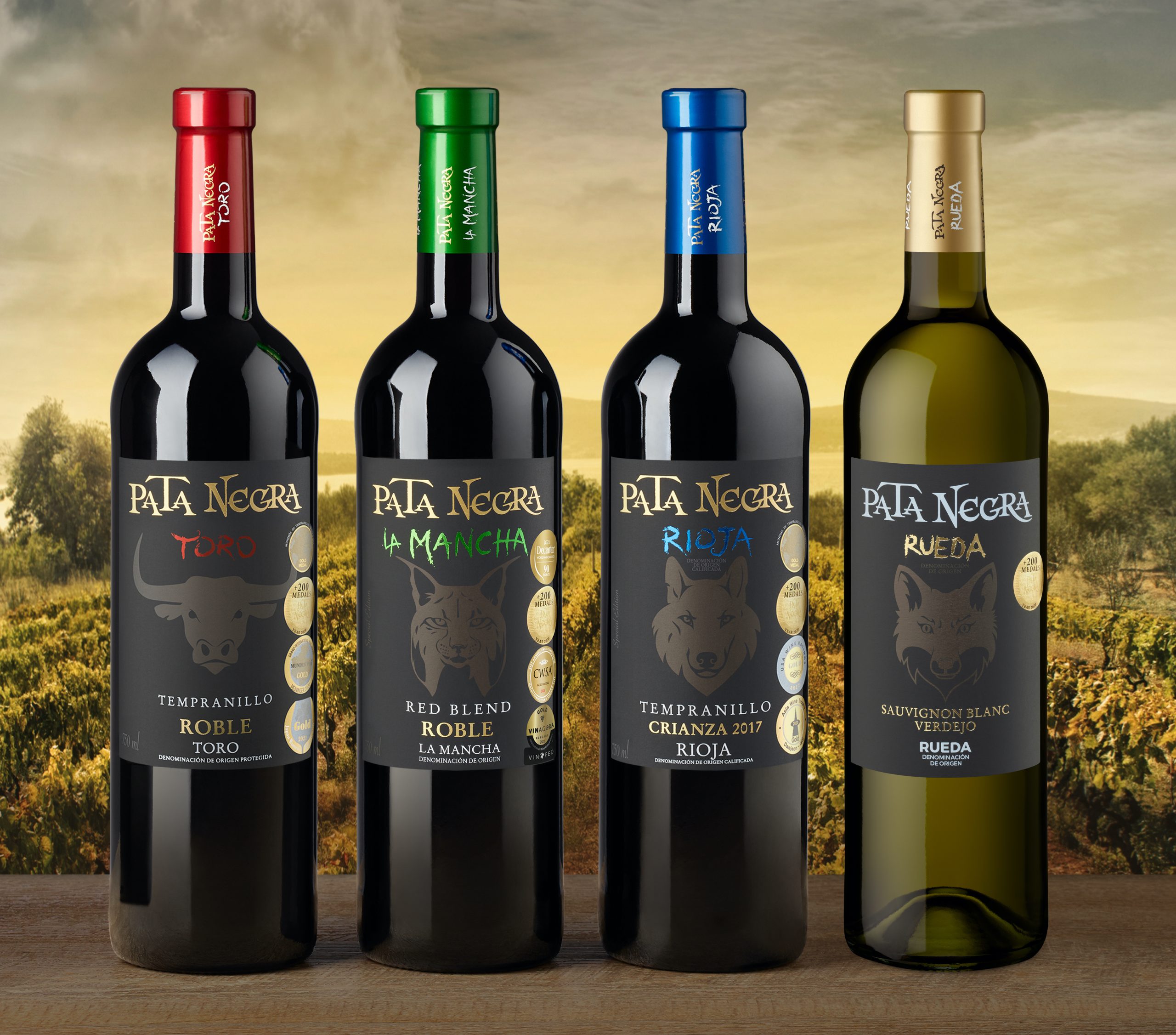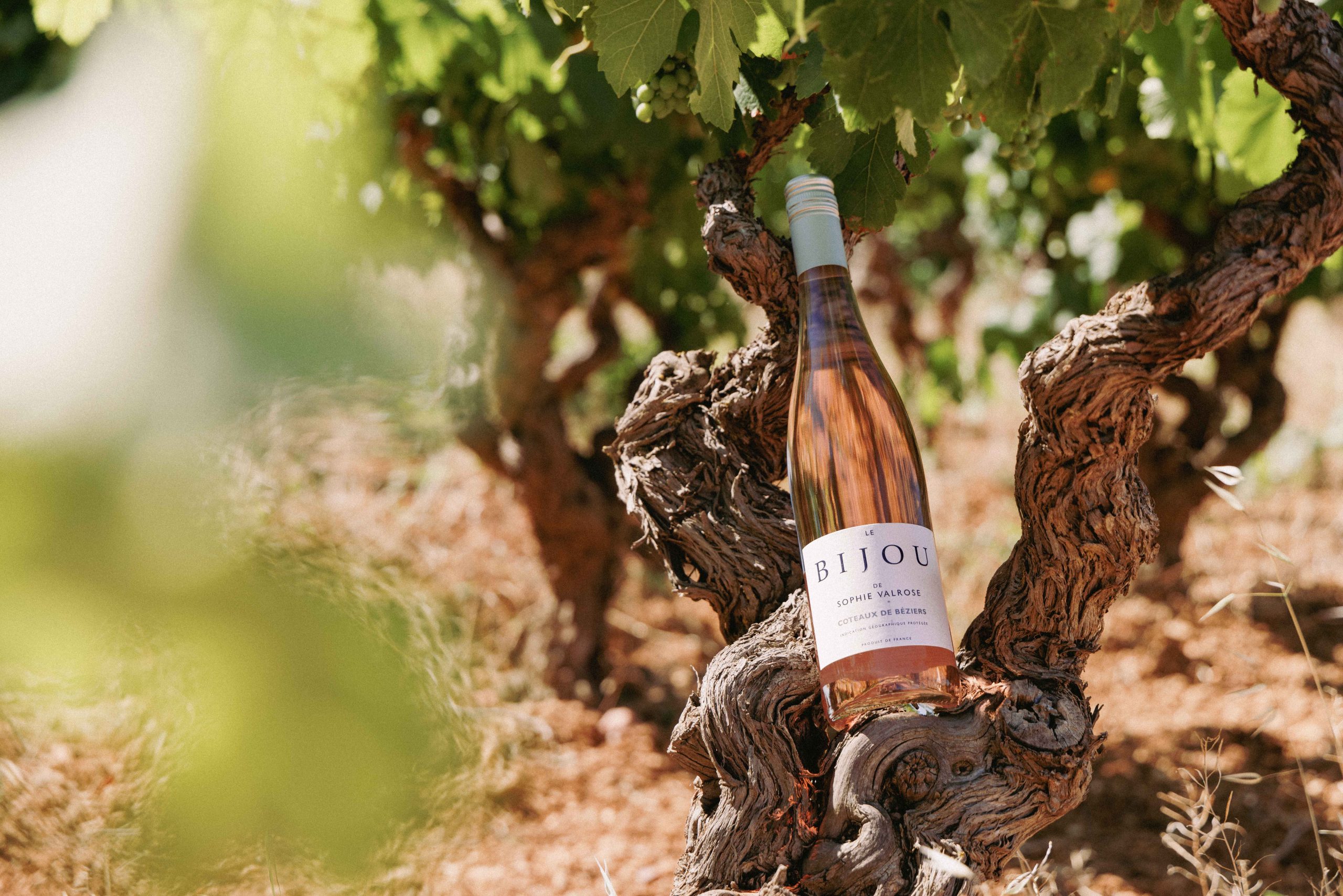Fake fine wines on the rise in China
By Lucy ShawInstances of fake fine wines in China are on the rise, and could grow further following Beijing’s threat to impose anti-dumping tariffs on wines imported from the EU.
Faking it: a bottle purporting to be white DRC but bearing the Lafite logo and hailing from Montpellier. Credit: Reuters
Now the world’s fifth largest wine consuming country, Chinese supermarkets and restaurants are under constant threat from counterfeit wines, particularly in second and third tier cities where consumers have less knowledge of fine wines.
More than half of China’s exports in 2012, some 139.5m liters, came from France, with the top names from Bordeaux that offer both bragging rights and higher profit margins tending to be the most frequently faked.
“For a lot of Chinese consumers, the more expensive it is, the more they’ll buy it,” Beijing-based Maggie Wang told Reuters.
“The Chinese will buy the most expensive house and drive the most expensive car. They don’t want the best, they want the most expensive,” she added.
Bottles of fake wine are destroyed in Nanning. Credit: Reuters
Bordeaux first growth Château Lafite has become the poster child for forgery in China, where it has been reported that there are more cases of the iconic 1982 vintage of Lafite floating about than were actually produced by the château.
However, Christophe Salin, president of Domaines Barons de Rothschild, owners of Lafite, was keen play down the problem.
“I have never seen a bottle of fake ’82 Lafite. The problem we have is the creative attitude of some Chinese. They sometimes use our name in funny ways,” Salin told Reuters.
He is referring to a number of brands on sale in China with suspiciously similar names to the château, such as “Chatelet Lafite”.
Fellow second growth Château Mouton-Rothschild is not exempt from fakery either, with the likes of “Mouton & Sons” and “Edouard Mouton” on sale in China.
Australia’s top wines also appear to be in the line of fire, with Penfolds and Henschke both having reported instances of copycat wines on sale in China.
Partner Content
Fake Penfolds being sold as “Panfaids” in China
Penfolds is being sold under the name “Panfaids” using the same font and colour as the Penfolds logo, with labels citing Max Schubert as the winemaker.
In order to make convincing fakes, counterfeiters tend to refill old bottles from the chosen estate they are faking, resealing them with a new cork and foil.
“If you know wines, you can tell that they are fake, but not a lot of Chinese do,” Cheng Qianrui, wine editor for the Chinese lifestyle website Daily Vitamin, said.
Tackling the counterfeit culture, some winemakers have taken to smashing bottles after tastings in China, to prevent them from being refilled for resale.
Another way of securing the wines is through tamper-proof tags, which have appeared on bottles of Lafite and second wine Carruades de Lafite since the 2009 vintage.
According to Reuters, Lafite has been protecting its bottles since 1996 with four other identification techniques that the château won’t publically reveal.
Bruno Paumard, cellar master of Château Hansen, situated on the edge of the Gobi Desert, was given a bottle of white wine by a friend two years ago labelled Domaine de la Romanée-Conti and bearing the Château Lafite logo.
“It’s the most magnificent example of a hijacked brand of wine I’ve ever seen,” he said.
Paumard is soon to launch a €500 icon wine, Red Camel, made from organically-grown Cabernet Sauvignon from a single parcel of 15-year-old vines in Ningxia.





Thumbs up, great articel.
Greets from Germany.
in your article – fake fine wines on the rise in China – you write ….more than half of China’s exports in 2012……your surely mean …..more than half of China’s imports in 2012 or am I wrong?
with best regards from Burgundy
Randolf
I disagree. It’s getting LESS prevelent amongst wine. Thanks due to the dilligence of the organisers of the massive Chengdu wine fair. I nyears go by, you could buy anywine you wanted, in any bottle, with any label. You could therefore in theory have a Penfolds 398 in a Burgundy bottle with Merlot in it. They cracked right down on it this year and it was near non existent.
Stay tuned for more crackdowns. The consumer is starting to want the real stuff.